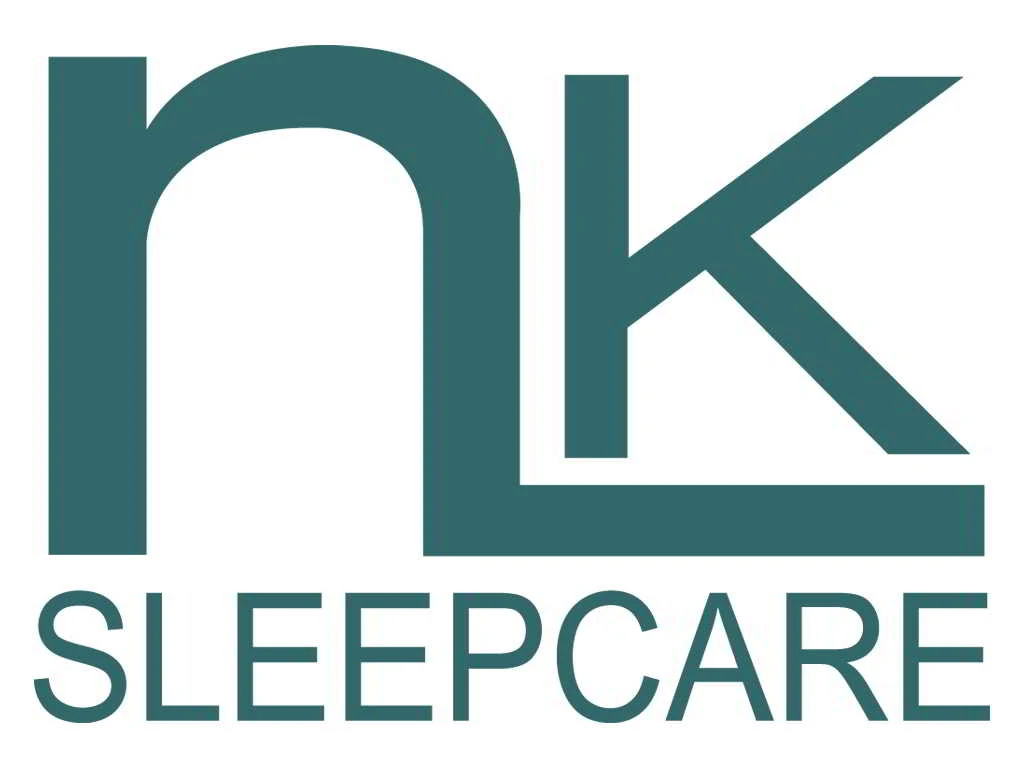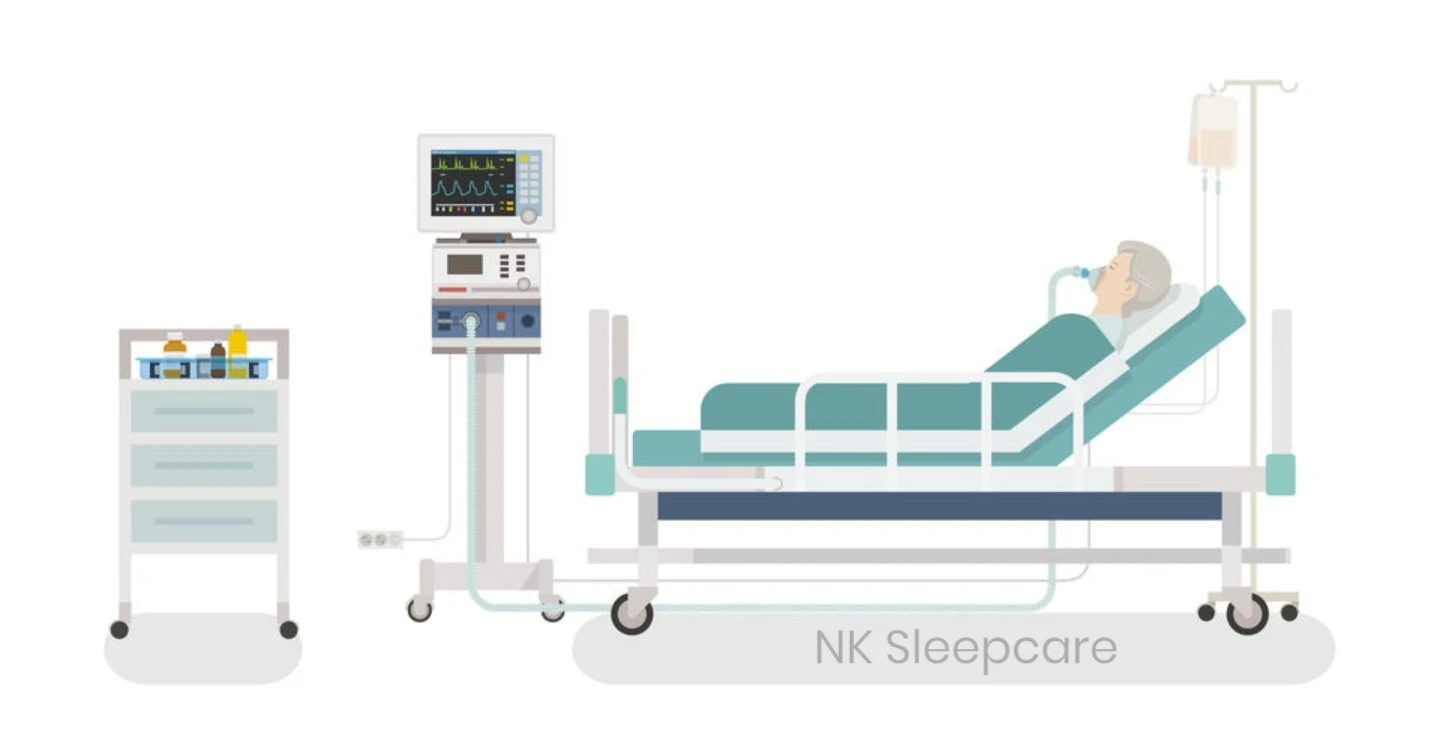What is a ventilator, how many types and how do they work?

Ventilator is a medical device. that allows patients who cannot breathe on their own or breathing is not effective or difficulty breathing able to breathe normally again
How many types of respirators are there?
1) Continuous Positive Airway Pressure CPAP (Continuous Positive Airway Pressure)
CPAP (Continuous Positive Airway Pressure) breathing machine is a type of pressure controlled ventilator. Used to treat snoring and sleep apnea (Obstructive Sleep Apnea, OSA) by CPAP machines can treat all levels of snoring. Especially those with moderate to severe symptoms (Moderate to Severe OSA).
The advantages of this type of ventilator are It can be used with patients of all ages. There are easy to use steps that are not complicated. And most importantly, it can be moved easily.
2) BiPAP (Bi-level Positive Airway Pressure) ventilator
BiPAP (Bi-level Positive Airway Pressure) Ventilator is a type of pressure controlled ventilator. That can set the air pressure level in the inhalation stroke, called IPAP (Inspiratory Positive Airway Pressure) and the air pressure level in the exhalation stroke, called EPAP (Expiratory Positive Airway Pressure) to have different values. It will always set the pressure value IPAP higher than EPAP, commonly used in the following patients.
- those who suffer from snoring andsleep apneasevere
- Patients with respiratory diseases who are still able to breathe on their own to a certain extent, for example:
- Patients with chronic obstructive pulmonary disease (COPD)
- Patients with emphysema (Acute Exacerbation of COPD)
- Patients with carbon dioxide in the blood (Hypercapnic)
- Patients with Hypoxic Respiratory Failure
- Patients with cardiogenic pulmonary edema (pulmonary edema)
BiPAP ventilators are available from the entry level. Used for non-pierced patients (Non-invasive ventilation) to more complex models that can be used for invasive ventilation, e.g. Philips BiPAP A40 etc.
Note: If we divide the use of ventilators by type of air delivery. Can be divided into 2 types:
- Non-invasive Ventilation (NIV) refers to the use of mechanical ventilation throughnose and mouth mask Suitable for patients who need to use a ventilator only at night. or need ventilation less than 12-16 hours a day
- Invasive Ventilation refers to the use of mechanical ventilation. through the neck tube For patients who need ventilation for more than 20 hours a day
3) Volume Controlled Ventilator
Volume Controlled Ventilator or Volume Controlled Ventilator is a large ventilator. It is often used in hospitals. It is a ventilator that can display various breathing graphs such as Airway Pressure, Time flow, Time volume, Time pressure-volume loop and Volume-flow loop. It can be used by both children and adults.
This type of ventilator can control both volume and pressure. It has a more complex working system than the above two types of ventilators. Used for patients with severe respiratory disease. Patients requiring invasive ventilation, including patients who are unable to breathe on their own Either all the time or some time.
How do I know which type of ventilator is right for me?
treatment with a ventilator Initially, it will be determined by the disease and the severity of the patient, for example, for those with moderate to severe snoring. Sleep apnea may or may not be associated with it. The doctor recommended a CPAP machine.
If a person has severe snoring and have sleep apnea as well it is recommendedBasic BiPAP machinewith functions that are not very complicated
If a patient with respiratory disease at a level that is still able to breathe on their own and do not need to pierce the neck Doctors will recommend a BiPAP ventilator that has more complex functions, for example, there is a backup rate system that can automatically give a ventilator to the patient if the patient's breathing rate is slower than the value. predetermined
Or there is a system for the machine to adjust the pressure automatically to get the tidal volume as required by the doctor, etc.
Examples of BiPAP machines in this group are: DreamStation BiPAP S/T , DreamStation BiPAP AVAPS-AE or BiPAP A40 etc.
But if in the case of critically ill patients with severe symptoms or unable to breathe on their own (either all the time or some time), such as ICU patients, doctors will use it as a volume-controlled ventilator. which will have a very diverse and complex work which the author does not mention the details in this article
What modes does the ventilator have?
Most ventilators have the following operating modes: It depends on what kind of uniform it is. If it is a high-end model There will be more modes of operation respectively.
- CPAP
- BiPAP
- Spontaneous (S)
- Spontaneous/Time (S/T)
- Time (T)
- Pressure Control (PC)
- SIMV
- other special modes that is available only on certain models such as AVAPS-AE
Purpose of using mechanical ventilation
All 3 types of breathing machines are suitable for different applications, but overall, Ventilator is a ventilator that is a device that helps patients and people with respiratory problems or snoring in the stage. Severe and obstructive sleep apnea reduce the severity or make those symptoms go away
For medical purposes, the use of a ventilator (Ventilator) has the following main objectives:
- Helps patients or people with respiratory problems get enough oxygen and elimination of carbon dioxide from the body properly
- Helps patients breathe normally In case of receiving general anesthesia from surgery
- Helps patients breathe normally In case of severe illness or accidents affecting breathing
Benefits of a respirator
A ventilator is a very useful life support device for patients who are unable to breathe normally. as well as helping to solve health problems from the digestive system and people with snoring problems whose symptoms are so severe that they cause sleep apnea to have better health The advantages and benefits of the main ventilators are as follows.
- Helps patients with respiratory disorders breathe better. Because the system of the ventilator (Ventilator) works close to the breathing of normal people.
- Helps patients or people with respiratory problems have a chance to return to breathing normally.
- Helping patients or people with health problems like a person who snores and have sleep apnea getting enough oxygen
- Helps promote healing and recovery of patients.
- Help people with health problems such as insomnia from snoring. This causes people who are sleepy all the time from snoring problems to not get enough rest because they have to wake up frequently from sleep apnea. got better
Using a ventilator at home
If the doctor diagnoses and finds that the patient has mild symptoms or the symptoms have stabilized or improved Doctors often advise patients to return home for treatment. To save on the cost of using a large ventilator and staying in the hospital for a long time
The ventilators recommended by doctors for patients to buy or rent for use at home are usually small portable ventilators. The operation is not as complicated as a large machine in a hospital.
The most commonly used is Bi-Pressure Type Ventilator (BiPAP) The doctor will recommend the appropriate setting or mode of operation to the patient before sending him out of the hospital for further treatment at home.
how to take care
- Wash your hands before and after caring for patients.
- Position the patient to breathe easily. Including changing the sleeping position for the patient every 1-2 hours.
- In the case of throat piercing patients Need to take care of the neck tube to stay in place. Always check the cleanliness. and always see that there is no sputum blockage
- Check the connections between the machines. Including the patient firmly, not easy to fall off
- Observe whether you are getting enough oxygen or not.
other devices
Patients who were ordered by the doctor to buy a ventilator came back for treatment at home. Doctors often recommend devices or other medical devices. to assist in therapy Depending on the nature of the symptoms and the severity of the disease. Examples of medical devices that are commonly found include:
- Oxygen Concentrator
- inhaler
- blood oxygen percentage meter
- Manual ventilator (Ambu bag)
summarize
If you are still worried and are not sure which type of ventilator is right for you, don't worry at all. Your doctor will be the best able to advise you on which type of device to use. and how to set
You can then consult with a ventilator reseller about details, prices and features of different models. Most of these companies will have specialists on hand to advise you throughout the use. and will help you consult with your doctor about the details of setting up the machine for you as well







Request some content to present A little bit of knowledge
okay
I would like to bring some contents to present knowledge to those who will take care of patients who use a non-invasive respirator —> Thank you.
ok
Ask for permission to use the content for teaching. and knowledge
thank you
Yes, if you can credit the source as a link back to our website. Thank you very much.
ขออนุญาตนำเนื้อหามาสอนน้องๆที่ตึกนะคะ
pleased